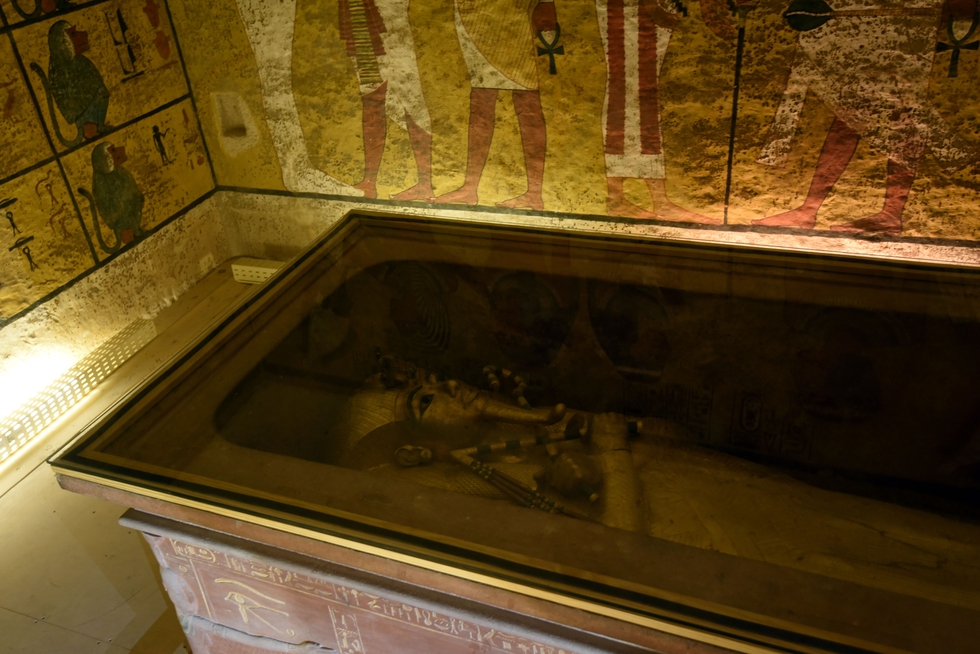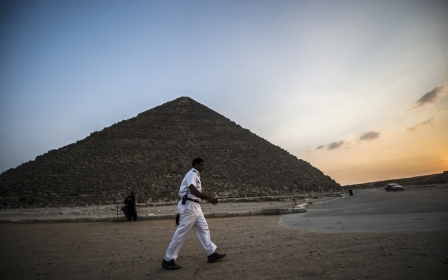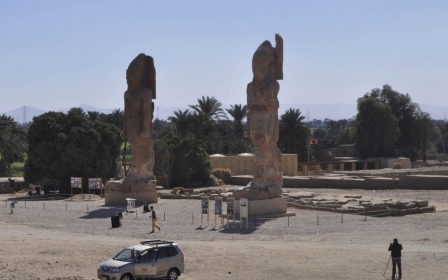Tutankhamun buried with dagger ‘made from meteorite’

A dagger that was buried alongside Tutankhamun, ancient Egypt’s infamous boy king, was made of iron from a meteorite, new research says.
Two daggers, one made of iron and one of gold, were originally discovered in the pharaoh’s tomb back in 1925 by archaeologist Howard Carter.
New research published this week by scientists from Egypt and Italy found that the makeup of the iron “strongly suggests an extraterrestrial origin”.
Researchers said the iron blade, which was entombed alongside Tutankhamun aged 18 over 3,300 years ago, had not rusted.
In a study published in the journal Meteoritics and Planetary Science on Tuesday, the team of 13 Egyptian and Italian researchers shared the results of an x-ray analysis carried out on the dagger.
The high levels of cobalt and nickel found in the blade led researchers to theorise a meteoritic origin for the metal.
After comparing the results with analysis of meteoritic metal found within a 2,000 km radius of the tomb, on the Red Sea coast of Egypt, they discovered similar levels in a meteorite that came down 240 km west of Alexandria in the fourth century BC.
The study also found that “ancient Egyptians attributed great value to meteoritic iron for the production of precious objects,” and that the high manufacturing quality of the blade suggests there was “significant mastery of ironworking in Tutankhamen’s time”.
New MEE newsletter: Jerusalem Dispatch
Sign up to get the latest insights and analysis on Israel-Palestine, alongside Turkey Unpacked and other MEE newsletters
Middle East Eye delivers independent and unrivalled coverage and analysis of the Middle East, North Africa and beyond. To learn more about republishing this content and the associated fees, please fill out this form. More about MEE can be found here.




